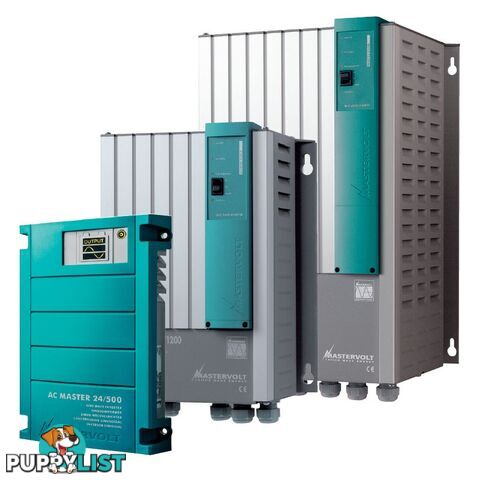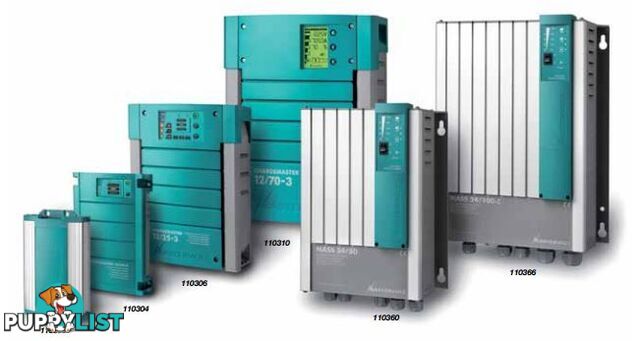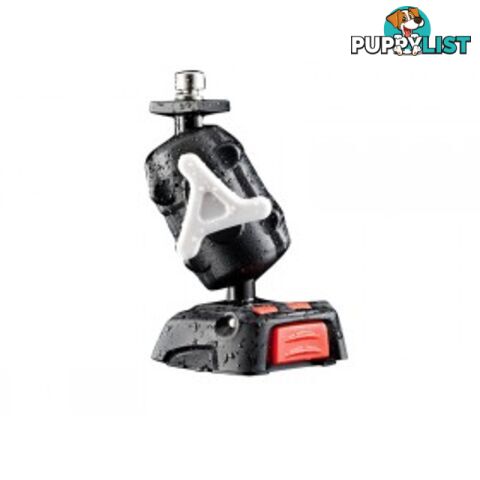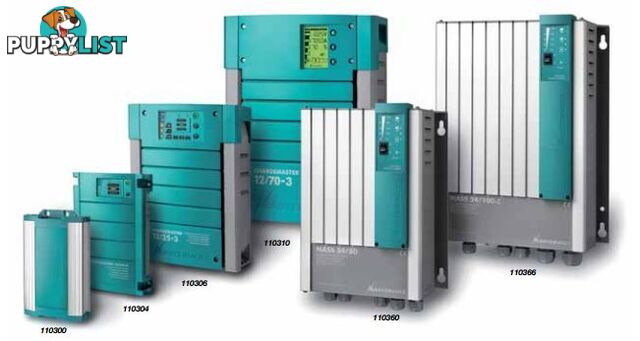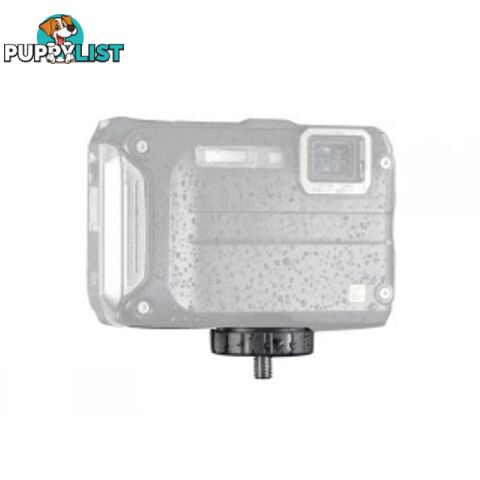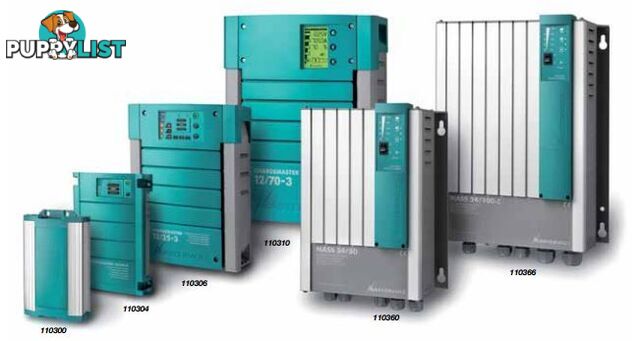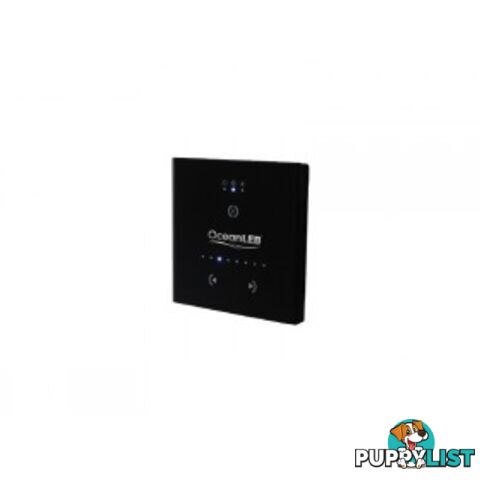This ad is on hold, please check again later.
Quick Battery Charger - 40 Amp
$1,944.11

DESCRIPTION
These switch mode battery chargers provide high level performance, automatic three stage (bulk, absorption, float) charging to most types of marine batteries. The bulk charging phase occurs when the batteries require more current than the charger can supply, i.e. when the batteries are low or when a high load is connected. The absorption phase occurs when the charger provides the input current required to maintain the batteries at a constant absorption voltage. When the current required is less than 20% of the maximum charger output value, the charger will change to the float phase. In float phase, the battery charger outputs the current required to maintain the batteries at a constant float voltage. In this phase, as the batteries reach maximum capacity they will absorb close to zero amps. This float mode allows the batteries to be on charge without the risk of overloading. When the current required exceeds 20% of the maximum output, the charger returns to the absorption mode. A user set charge selector switch changes charging outputs to suit liquid, AGM or gel electrolyte batteries. Multiple, independently fused outputs to charge up to three batteries or banks of batteries via a master and slave system.These chargers are compatible with most generator outputs and may be used as a power supply without batteries. They have the ability to provide a full power output even with a low supply voltage and produce a low residual fluctuation (ripple lower than 30mV RMS). The universal AC supply voltage makes them ideal for vessels travelling internationally. Features include protection for output short circuit, overloading, output over voltage and overheating.
Quick battery chargers are capable of full power output in ambient temperatures from minus 20_ to plus 50_ C. Cooling is provided by an automatic, variable speed fan. The control panel combines three LEDäó»s and LCD display to monitor input power status, output status, output phase and error status with multiple coded messages. Polished stainless steel and plastic case. A DB9 connector provides connection for the optional remote display panel via a CAN-BUS data transfer interface.
Input AC: 100-280 volts
Outlets: 3
ADDITIONAL INFORMATION
- Price
- $1,944.11
- Condition
- New

